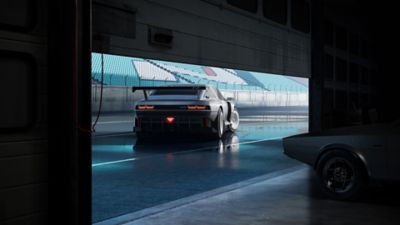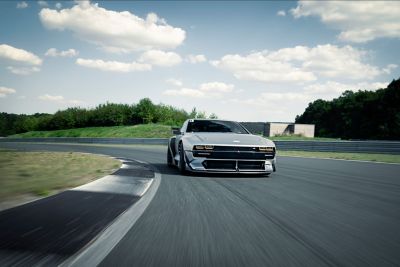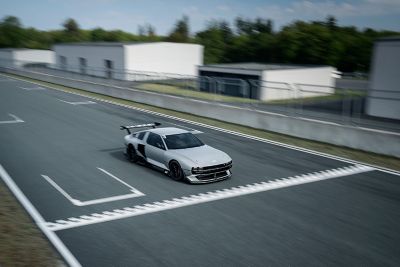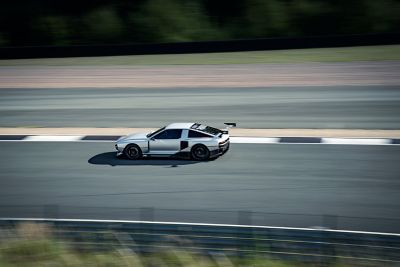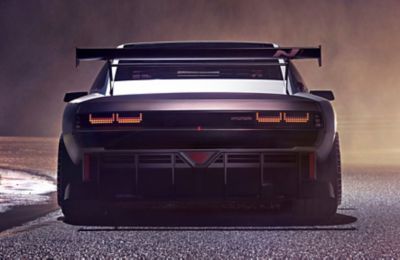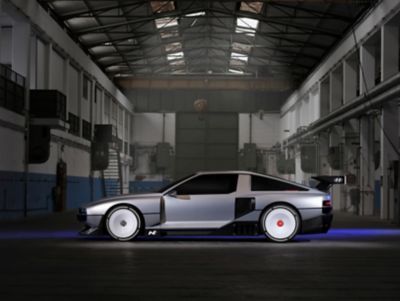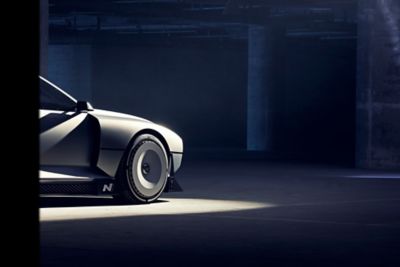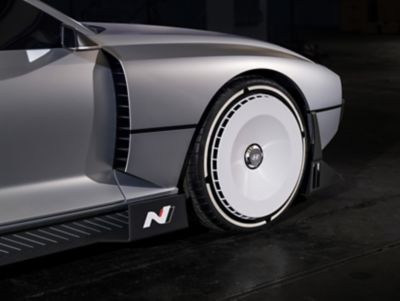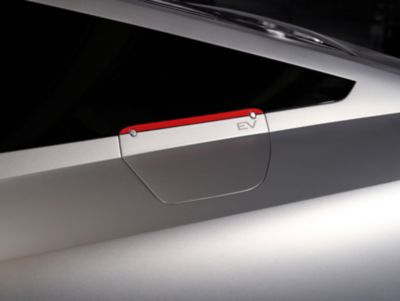The N vision of electrification.
Launched in 2023 with its new technologies and elevated racetrack capability, IONIQ 5 N represents a new segment of high-performance EVs. Leveraging motorsport-bred technologies and years of Rolling Lab development, its technological advances demonstrate N brand’s electrification progress since launching the RN22e in 2022.

Rolling labs as test beds for the future.
Our first high-performance all-wheel drive EV – the IONIQ 5 N – follows N’s 2020 season entry in FIA ETCR, and the 2022 RN22e: N’s rolling lab for future EVs. Developing N Vision 74 and RN22e in parallel with other high-performance EVs is beneficial to Hyundai’s engineers in terms of knowledge exchange. For example, EVs tend to have different weight distribution than vehicles with internal combustion engines, so N engineers can test and develop cooling and braking technologies in extreme conditions at its Nürburgring test centre. By serving as rolling labs, N Vision 74 and RN22e will help make Hyundai’s technical vision of electrified high-performance soon become a reality.
N Vision 74
High-performance hydrogen fuel cell hybrid.

A ground-breaking design – 50 years in the making.
Hyundai’s sustainable performance technology.

N Vision 74's future-oriented design reflects the respect and appreciation we have for the dedication and passion that went into the Pony Coupe concept.
RN22e
Get a glimpse of the future.












